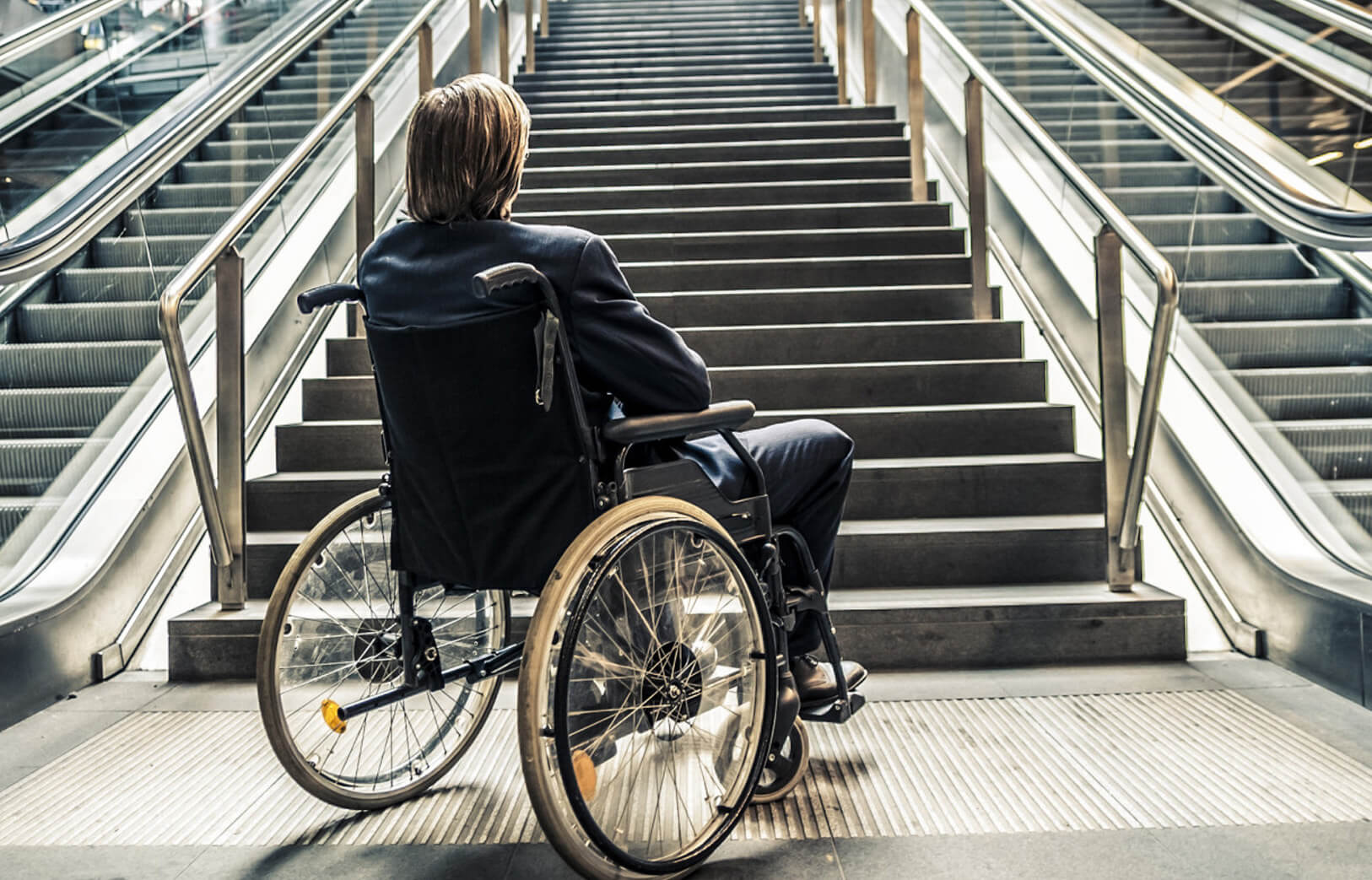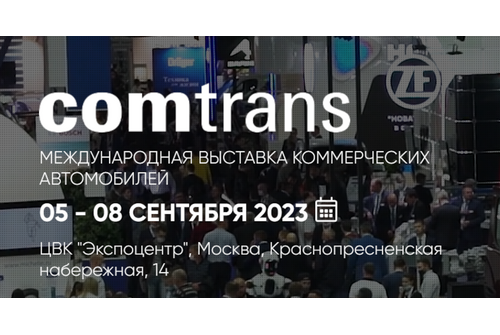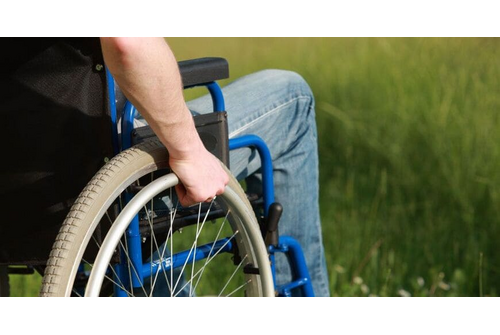Procedure for registering and commissioning a wheelchair elevator

The basic requirements and rules concerning the introduction of lifting devices for people with low mobility are established by GOST R57448-2017. It contains complete information on the peculiarities of installation of elevators of inclined and vertical types, driven by hydraulic and electric drives.
Also, after completing the installation work, the organization responsible for them must perform a technical inspection in accordance with the requirements of GOST R555-2013. The following conditions are mandatory:
- free access for maintenance personnel to technical premises;
- Compliance of the type of power supply, temperature and humidity with the standards set by the manufacturer of the lifting device;
- Availability of lighting on the platforms of elevators, as well as in the adjacent and technical rooms;
- placement of rules for the use of the installation in its immediate vicinity.
The documents that must be submitted to the regulatory authorities must include: the design documentation, the technical supporting documentation provided by the manufacturer, the safety certificate of conformity and the certificate of inspection of the technical commission with attached copies of the protocols and test results.
In addition, for vertical installations operated in open spaces (or places with risks of vandalism), it is possible to use additional protective devices, in particular:
- alarm setting;
- installation of a solid shaft fence and additional platform platform protection;
- manufacture of external parts of the elevator from materials resistant to combustion.
These features protect lifting devices are regulated by GOST P555-2013, and the need for their use in each case is established after a preliminary study of the location and analysis of the possible negative impact of the human factor.
The order of documents for registration in Rostechnadzor
According to the government decree № 743 for 2017, all types of lifting devices for moving people (platforms for the disabled, travelators, passenger conveyors, escalators), regardless of their type, size and location (in residential buildings, social institutions, supermarkets, etc.) are subject to mandatory registration with the authorities of Rostekhnadzor, exceptions are only self-moving elevators used in the subway.
According to this decree, the obligation to register lifting devices is placed directly on the owner of the building/structure on whose territory they are operated. To do this, the owner must send to the regional body of Rostechnadzor a completed application (a sample of which is available for downloading on the official website), as well as attach the required package of documents to it. These include:
- Information on insurance policy confirming conclusion of an insurance contract for situations dangerous to health or life (pursuant to Federal Law No. 225-FZ of 27.07.2010 "On Mandatory Insurance of Civil Liability of Owners of Hazardous Facilities for Damage Caused by an Accident at a Hazardous Facility");
- certificate of conformity of plant safety with the norms of the Customs Union;
- copies of the contract with the organization that carried out the installation of the equipment;
- act of technical examination of the elevator by an independent expert group.
After the documents are received by Rostechnadzor, its specialists are required to go to the site within 10 days and inspect the lifting equipment for violations in terms of its installation and operational safety. In the absence of such, an act of control inspection is drawn up, one of the copies of which is provided to the owner. After that within 5 days the commission makes a decision about the permission to put the elevator into operation. In the case of a positive conclusion is drawn up a corresponding act, one of the copies of which is also given to the owner.
Possible reasons for refusal of commissioning
In the event that inspectors find any irregularities during the inspection, the permit will not be issued until they are corrected (which will be the conclusion of the subsequent commission). The timing of the entire procedure is sometimes delayed due to errors in the submitted documents or the submission of an incomplete package of documents.
The above requirements and rules for registration of lifting devices, as we have said, apply to all types of elevators installed in homes, schools, social institutions, stores, amusement parks and other facilities.


